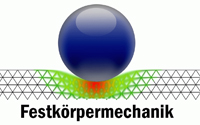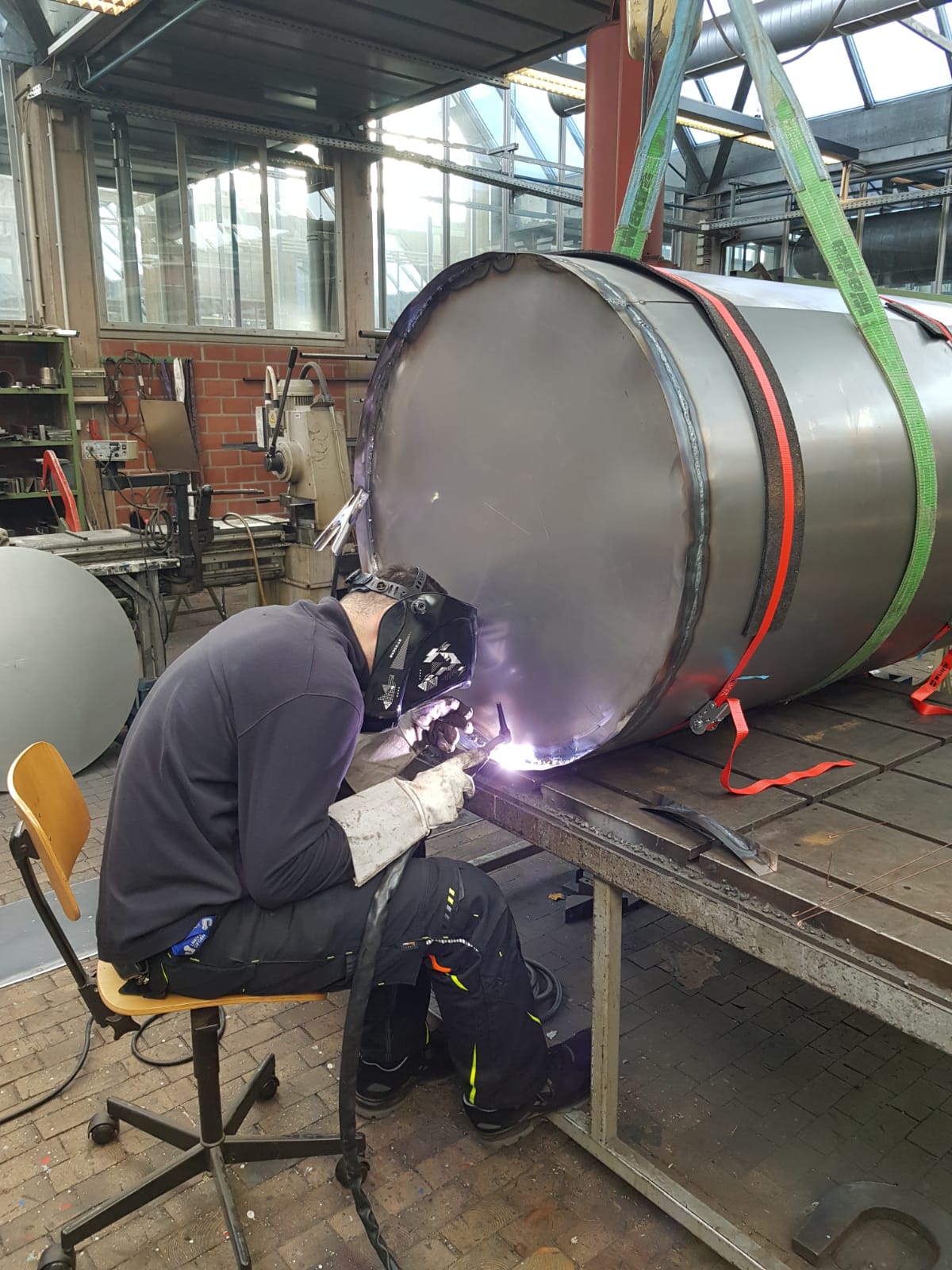Solid metallic mixtures are inhomogeneous and form phases of different compositions, which can change due to diffusion, stresses and electric fields. Examples include solder alloys in microelectronic devices and lithium battery anodes during charging and discharging. Here, numerical simulations help to predict the mechanical properties and avoid premature failure.
We calculate such processes by phase field methods, where the Cahn-Hilliard equations of diffusion are coupled with the equations for the mechanical, electric and/or temperature field problem. Due to their structure and nonlinear coefficients, the resulting 4th order differential equations place high demands on the numerical solution procedure. With the help of isogeometric NURBS approaches for the FE basis functions, promising results result.




